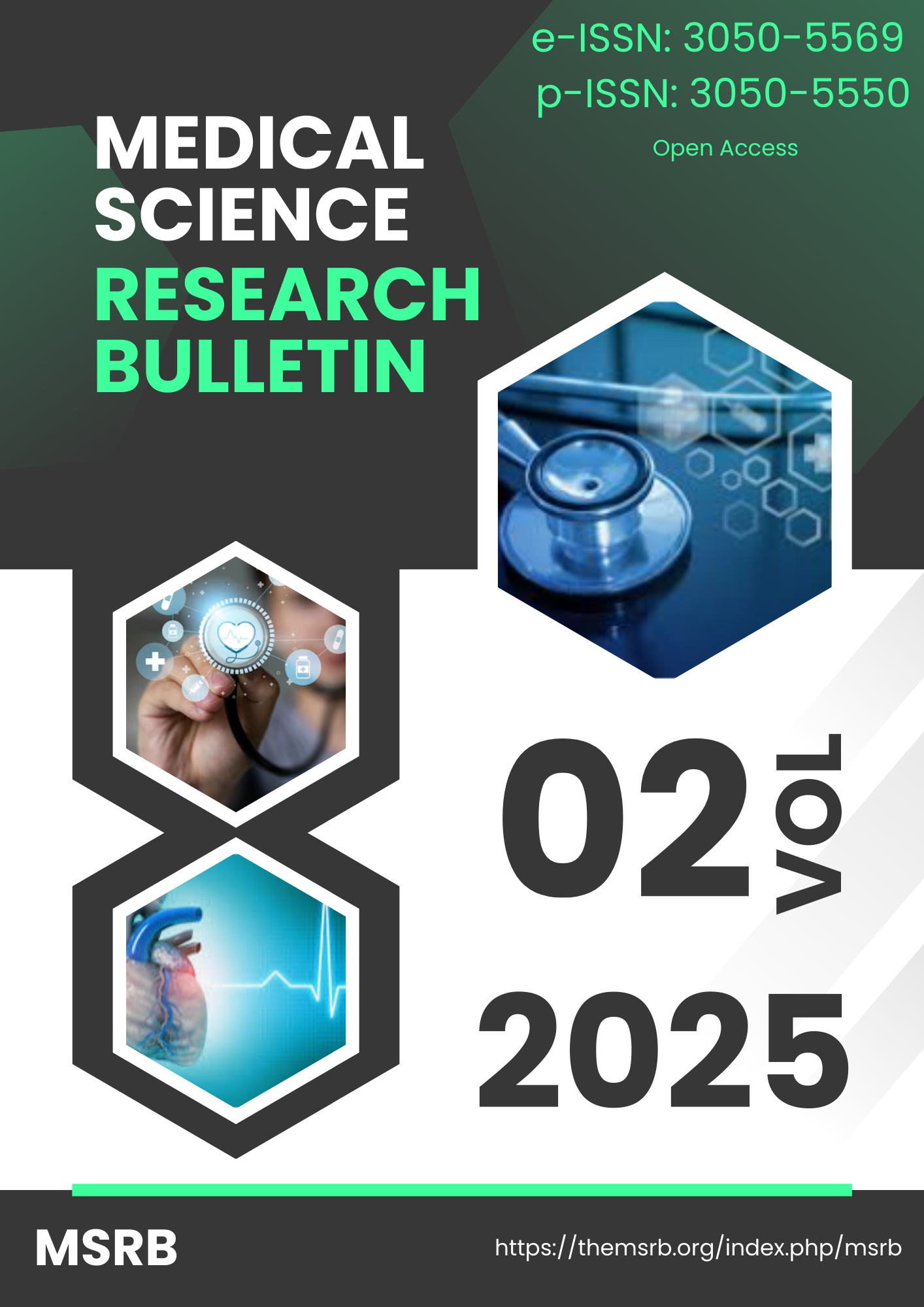Analysis of Nursing Workload in the General Inpatient Department of Bhayangkara Hospital Gorontalo Police
DOI:
https://doi.org/10.55677/TheMSRB/02Vol02E1-2025Keywords:
Workload, Nurses, Inpatient, Hospital.Abstract
Nurses are the main component in health services in hospitals, especially in the general inpatient department, with a high intensity of interaction with patients and families. The high ratio of pay-to-nurse triggers an excessive workload. This study aims to analyze the ratio of patients to nurses, the number of patients per shift, the special role of nurses, the level of stress and fatigue experienced, the use of technology and tools in supporting the duties of nurses, to complaints or complaints from patients at the Bhayangkara Hospital of the Gorontalo Police. This study uses a descriptive qualitative method to deeply explore the experiences and perceptions of 11 informants, consisting of employees and patients of the Gorontalo Regional Police Bhayangkara Hospital with data collection through observation and interviews using questionnaires. The results of the study showed that the ratio of patients to nurses in the inpatient unit exceeded WHO standards, triggering high levels of stress and nurse burnout, the ratio of nurses to special roles was still low, the implementation of technology was not optimal due to limited training and infrastructure, as well as patient complaints related to delays in services and lack of staff coordination. In conclusion, the nursing workload of the general inpatient department of Bhayangkara Hospital is still excessive so that the hospital's services are not optimal.
References
Addo, K., & Agyepong, P. K. (2024). Evaluating the Health Information system implementation and utilization in healthcare delivery. Health Informatics Journal, 30(4), 1–18. https://doi.org/10.1177/14604582241304705
Adriani, P., Triana, N. Y., & Prabandari, R. (2022). The effect of workload on work stress of nurses in hospital. JHeS (Journal of Health Studies), 6(2), 50–59. https://doi.org/10.31101/jhes.2727
Copanitsanou, P., Fotos, N., & Brokalaki, H. (2017). Effects of work environment on patient and nurse outcomes. British Journal of Nursing, 26(3), 172–176. https://doi.org/10.12968/bjon.2017.26.3.172
Durairaj, R. (2021). Role and Compensation Related Factors Causing Heavy Workload: An Empirical Study among Sanitary Workers. Eurasian Journal of Higher Education, 2(2), 16–38. https://doi.org/10.31039/ejohe.2021.2.18
Gatchel, R. J. (2018). The importance of the profession of nursing in health care: Current and future issues. Journal of Applied Biobehavioral Research, 23(1). https://doi.org/10.1111/jabr.12127
Harmini, H., Supratman, S., & Yulian, V. (2024). Nursing Process Training to Improve the Quality of Nursing Care Documentation. INTEREST: Jurnal Ilmu Kesehatan, 13(1), 10–18.
Kieft, R. A., de Brouwer, B. B., Francke, A. L., & Delnoij, D. M. (2014). How nurses and their work environment affect patient experiences of the quality of care: a qualitative study. BMC Health Services Research, 14(1), 249. https://doi.org/10.1186/1472-6963-14-249
Moore, E. C., Tolley, C. L., Bates, D. W., & Slight, S. P. (2020). A systematic review of the impact of health information technology on nurses’ time. Journal of the American Medical Informatics Association : JAMIA, 27(5), 798–807. https://doi.org/10.1093/jamia/ocz231
Peršolja, M. (2023). Effects of nurses’ schedule characteristics on fatigue. Nursing Management, 54(4), 28–37. https://doi.org/10.1097/01.NUMA.0000921904.11222.11
Purdy, N., Spence Laschinger, H. K., Finegan, J., Kerr, M., & Olivera, F. (2010). Effects of work environments on nurse and patient outcomes. Journal of Nursing Management, 18(8), 901–913. https://doi.org/10.1111/j.1365-2834.2010.01172.x
Ross, P., Howard, B., Ilic, D., Watterson, J., & Hodgson, C. L. (2023). Nursing workload and patient‐focused outcomes in intensive care: A systematic review. Nursing & Health Sciences, 25(4), 497–515. https://doi.org/10.1111/nhs.13052
Viegas, I. S. (2024). The Role Of Information Technology In Improving The Quality Of Health Services In Hospitals. Journal of Social Science (JoSS), 3(7), 1561–1571. https://doi.org/10.57185/joss.v3i7.347








